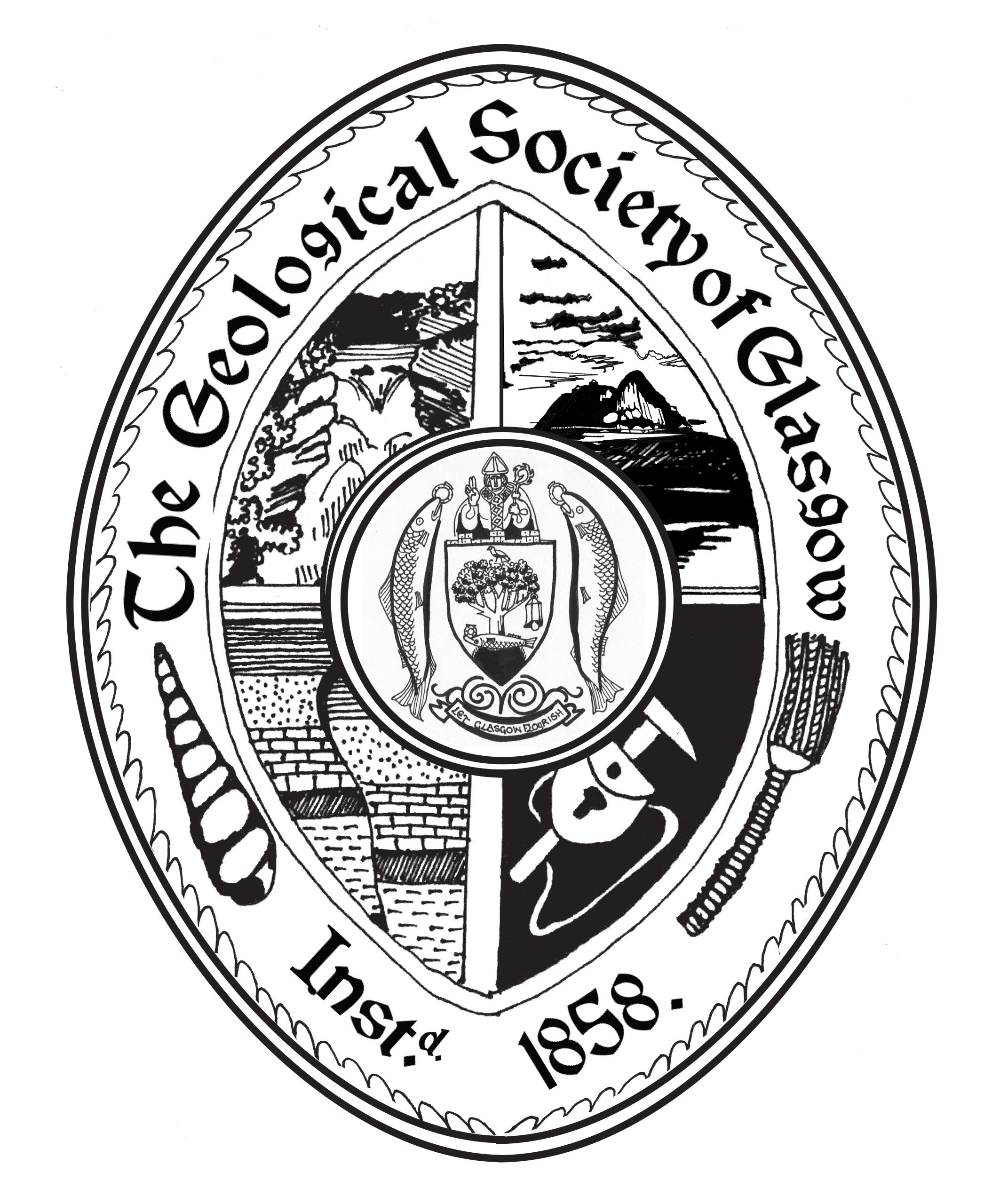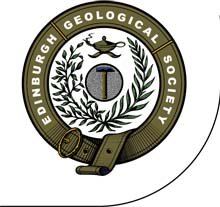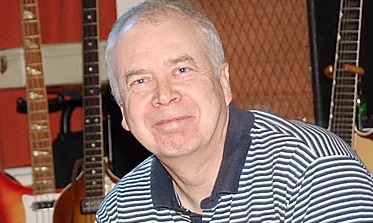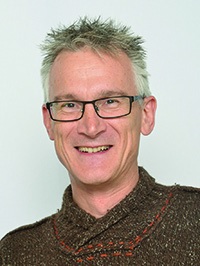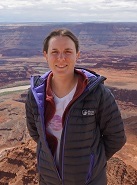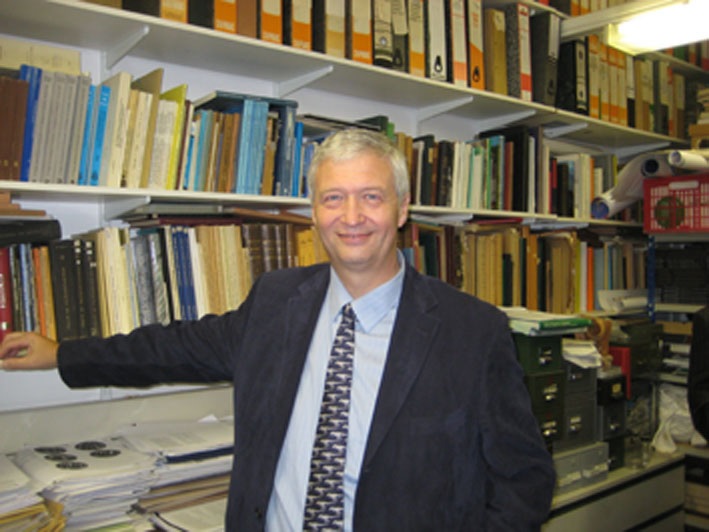Ballantrae Complex
The Ballantrae region is of international importance because of the presence there of the Ballantrae Complex, an association of serpentenite, chert and pillow lavas that represents an ophiolite. We will visit some of the interesting geological localities in this area.
